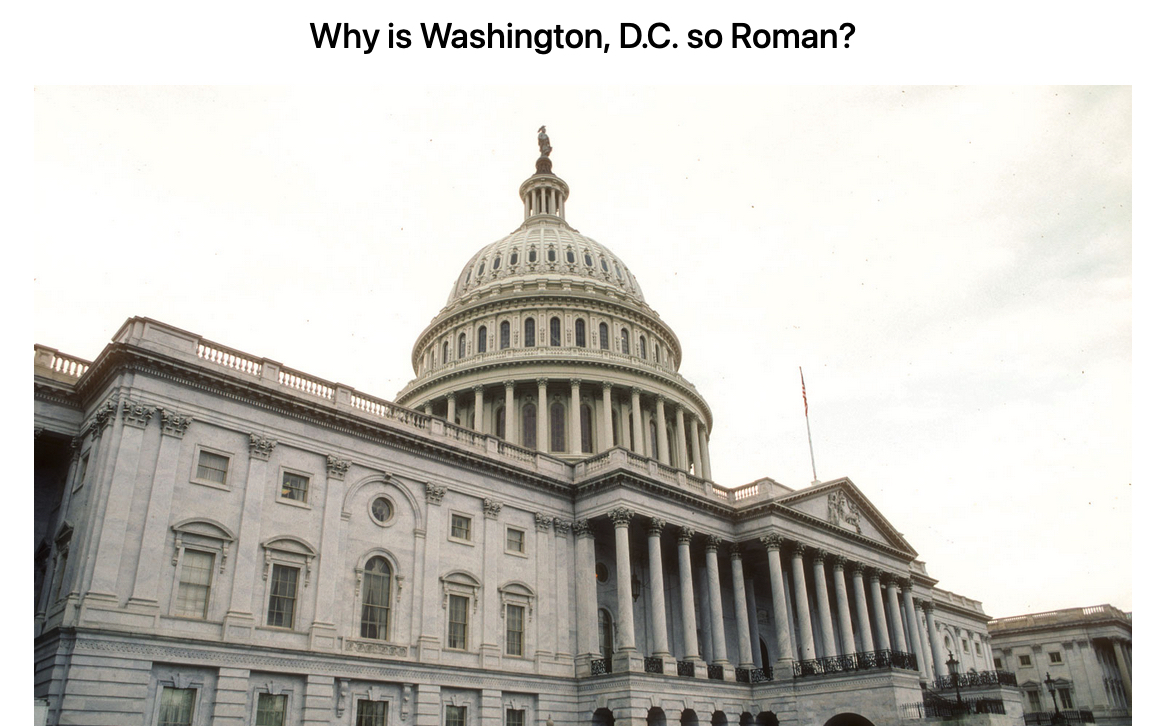
- Articles, Recent
The Roman Republic, History, Myths, Politics, and Novelistic Historiography by Miguel A. Faria, MD—Reviewed by Russell L. Blaylock, MD
Dr. Miguel Faria has just written an incredible history review of the Roman Republic that is a history buff’s dream. The book is titled, The Roman Republic, History, Myths, Politics, and Novelistic Historiography, and is published by Cambridge Scholars Publishing. This is not a brief summary of events, but a book that explains, in detail, the events involved the rise of the Roman Empire, specifically the period of the republic and its evolution that eventually heavily influenced the American founding. Faria wrote:
We should give specific credit to ancient Rome and Graeco-Roman civilization, not only disseminated to Romanized nations but also non-Latin nations of the West, such as Great Britain, and particularly the United States, where the system of laws and jurisprudence assimilated so much from ancient Rome in both form and substance. One may be marvelously surprised in visiting Washington, D.C.—the American founders’ “new Rome on the Potomac.” One marvels at the architectural style of the government buildings in the city—the glorious classical Graeco-Roman architecture (domes, columns, arches, etc.) and the sculpturing of the public buildings, such as the Capitol, the U.S. Supreme Court building, The Lincoln Memorial, Union Station, and various museums. It is as if there had been a wonderful rebirth of the new imposing buildings of ancient Rome and, with enough imagination, reconstruction of the Forum at the time of such Roman Emperors as Augustus, Trajan, Hadrian, or Marcus Aurelius, or even as far back as Pompey and Caesar, reborn in the modern world.
The American Founders established not a social democracy or liberal democracy as modern scholars and politicians claim, but a constitutional republic, inspired by the ancient Roman Republic. Faria persuasively and insightfully explained:
The ancient Romans contributed not only to modern languages, political science, government, and technology but also to art, literature, architecture, and engineering. In government, ancient Rome created a res publica (“in the public interest”) form of governance rather than a democracy (“majoritarian people’s rule”), which was an inspiration for modern republics, especially the United States of America. Roman civilization preserved and disseminated Greek culture and civilization, including the arts, aesthetics, literature, history, and philosophy. In religion, the ultimate contribution was immense—namely the assimilation and dissemination of Christianity, perhaps its biggest contribution.
Rome laid the foundation for the system of jurisprudence that later formed the basis of civil law in Latin nations, for example, France, Spain, Portugal, and countries of Central and South America. Even English-speaking countries like the United States, England, Australia and New Zealand, whose laws were based on evolving English common-law, were influenced by the Roman civil system.
We have all heard of the Punic Wars, the fall of Carthage, the rise of the Roman Republic, the Senate, and the eventual fall of the Roman Empire, but how many know the details of the wars fought, the internal dissention, the various names of the main characters and exactly who they were? This story is so well written it is a pleasure to read and difficult to put down. A significant portion of the book is a description and analysis of a series of historical novels on the Roman Empire written by Colleen McCullough called “The Masters of Rome,” a series of seven historical novels. Faria analyses her books in some detail, which is worth reading. In the last several chapters of the book, Dr. Faria goes into more detail concerning what we inherited from the Romans in the formation of our nation, our science, our culture, and our architecture. And one will not want to skip the two appendices either. Get this book, read it and immerse yourself in the mythology, history, and politics of the Roman Republic. You will not be disappointed.
Russell L. Blaylock, M.D. is the president of Theoretical Neuroscience Research, LLC, Canton, Mississippi, a retired neurosurgeon, and the Associate Editor-in-Chief of the Neuro-Inflammation section of Surgical Neurology International (SNI). He has written numerous path-blazing scientific papers and books, including Excitotoxins: The Taste That Kills (1994), Bioterrorism: How You Can Survive (2001), Health and Nutrition Secrets (2002), Natural Strategies for Cancer Patients (2003), and The Liver Cure (2022).
Copyright ©2025 HaciendaPublishing.com